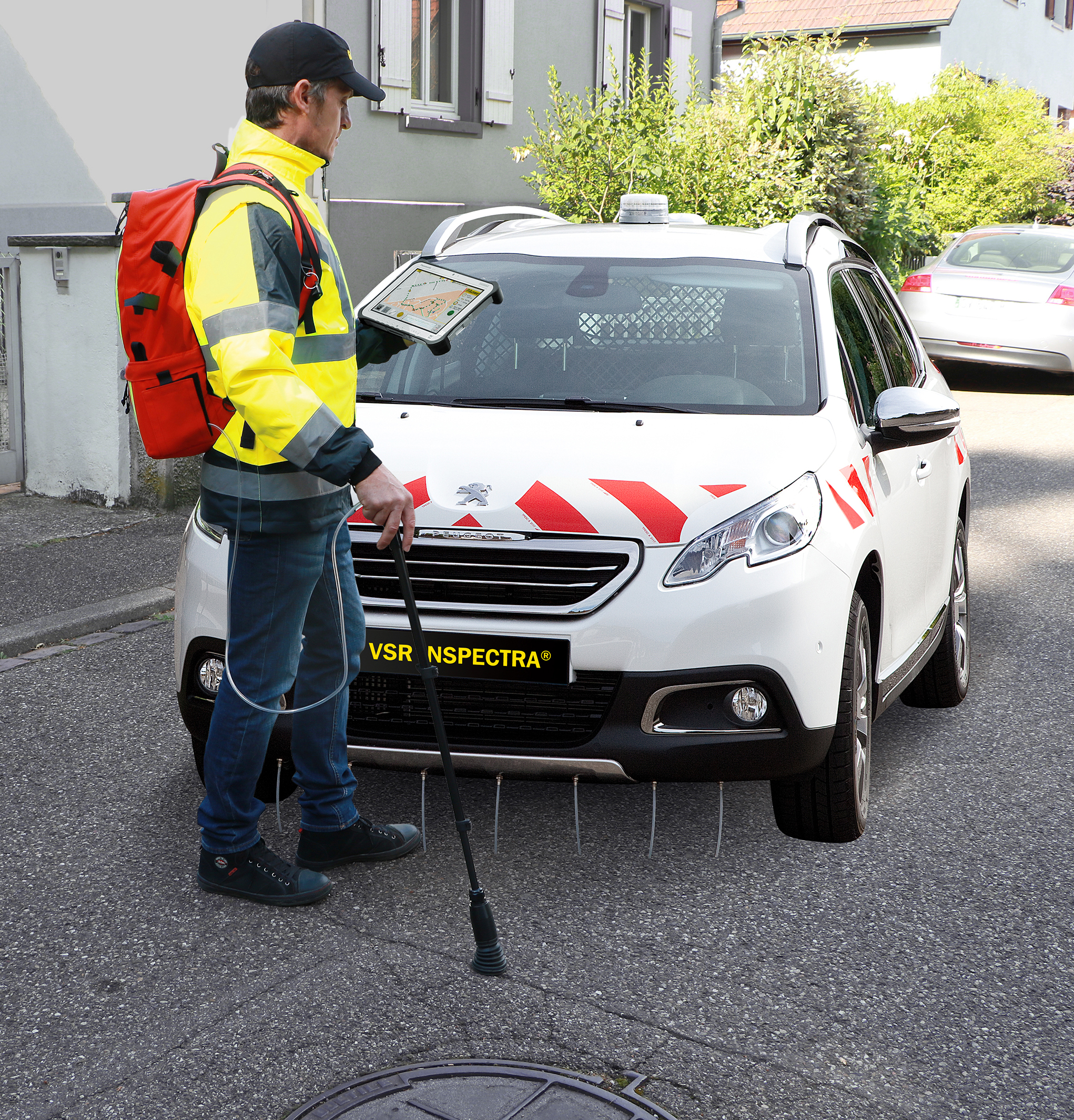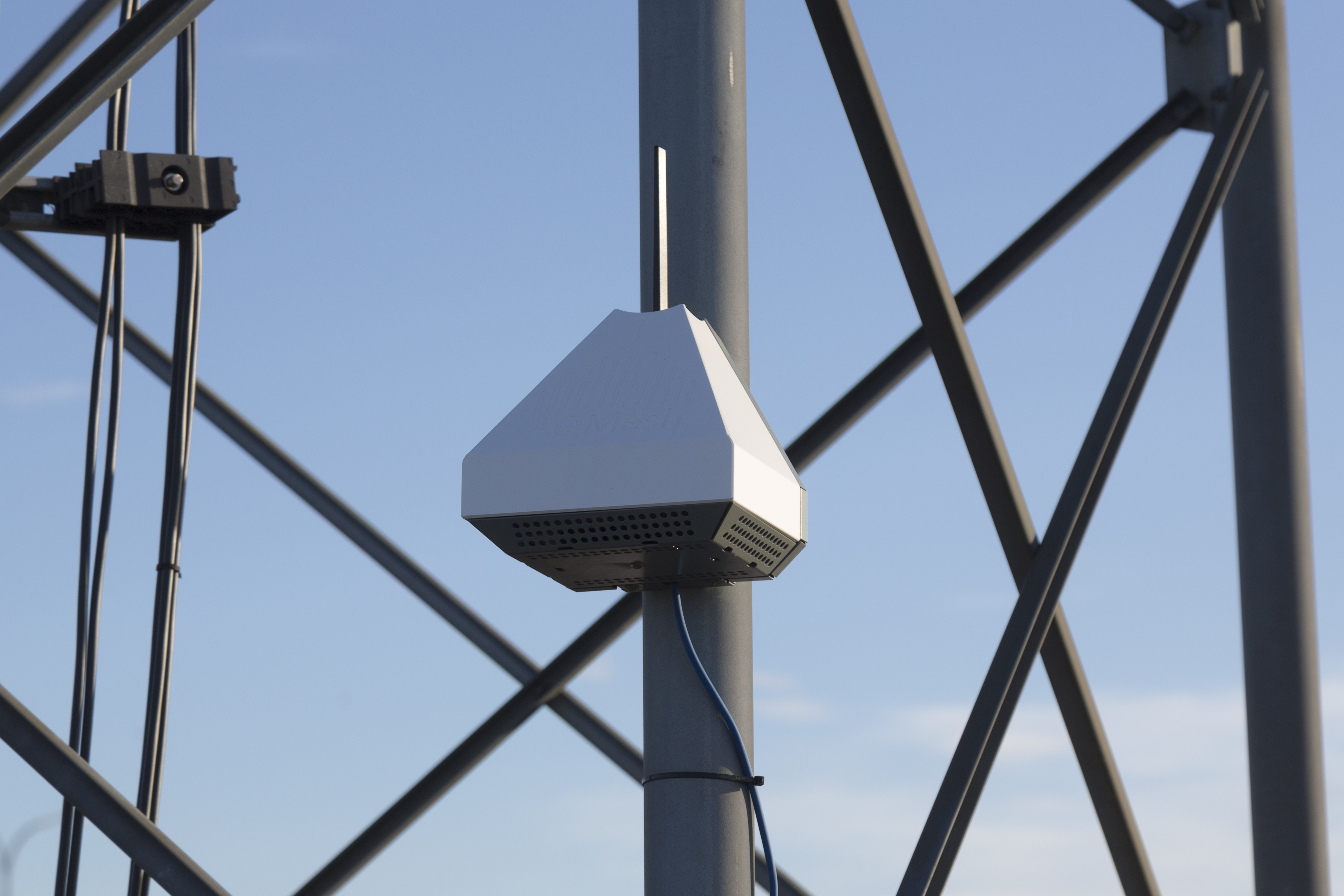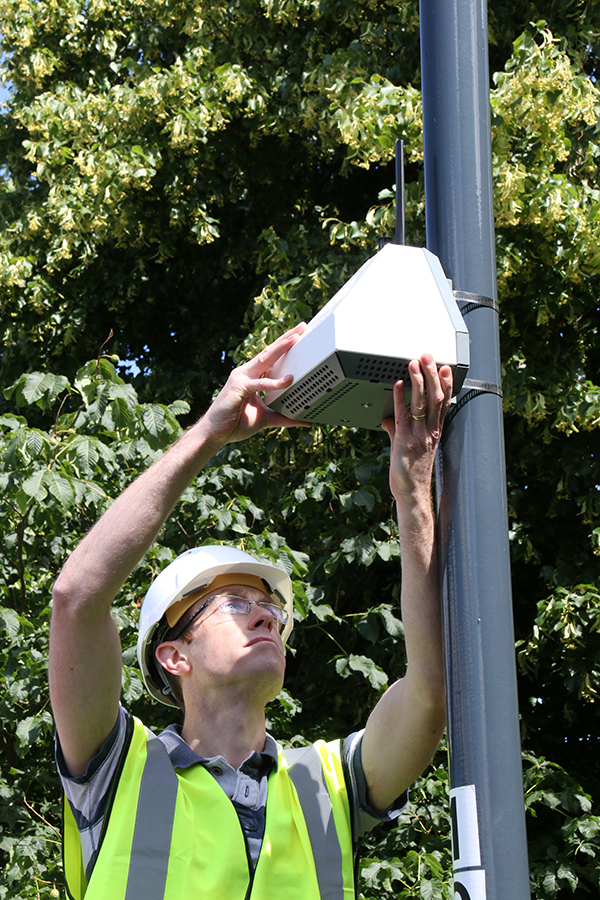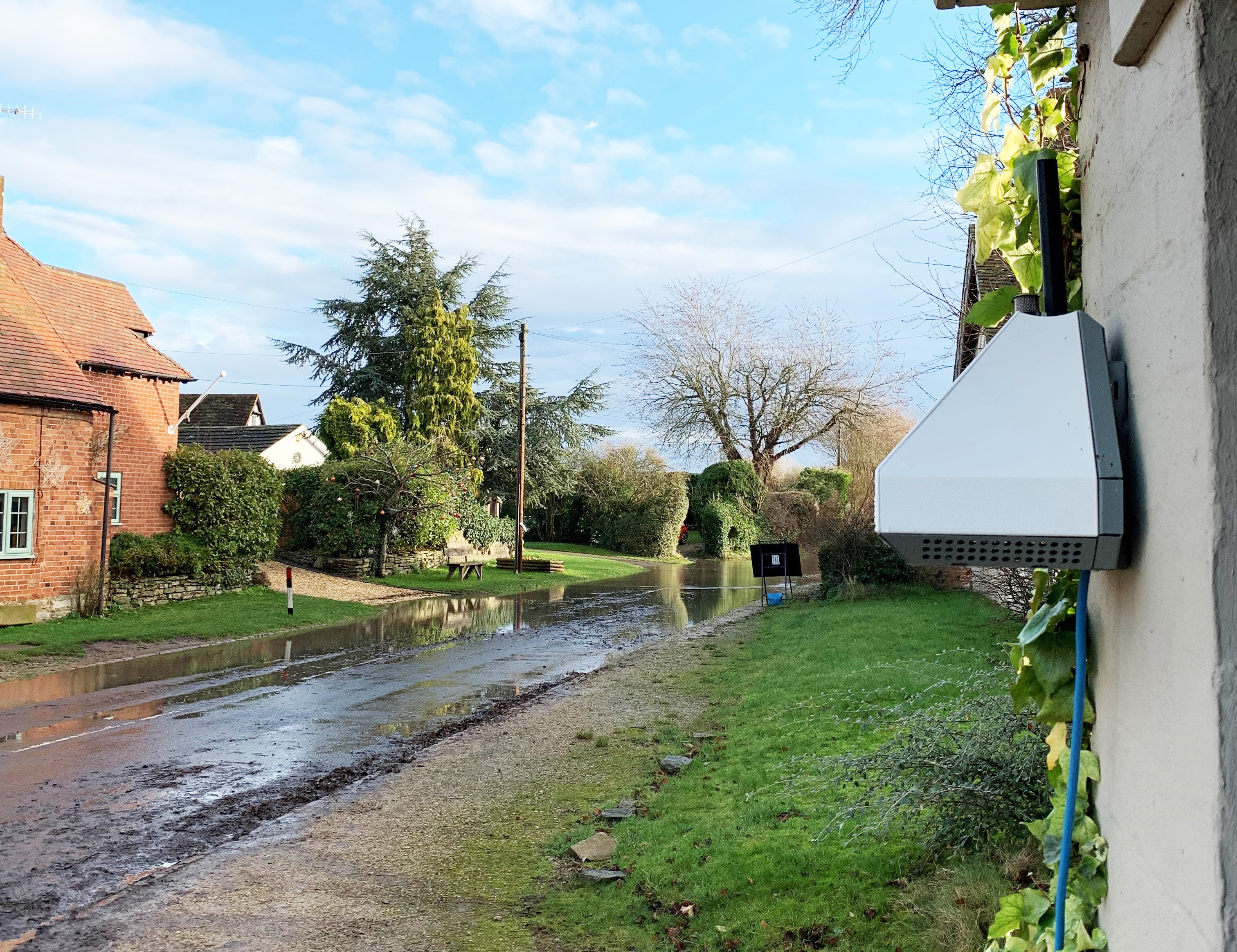 We installed an AQMesh pod on a rural road to see the impact of local road closures and increased traffic but we left it in place and have been able to monitor how the air quality changes from autumn to winter. This time covered changing traffic patterns, wood-burning, bonfire night, the Christmas break and then no traffic, with the road closed by floods. So, what did we see?
We installed an AQMesh pod on a rural road to see the impact of local road closures and increased traffic but we left it in place and have been able to monitor how the air quality changes from autumn to winter. This time covered changing traffic patterns, wood-burning, bonfire night, the Christmas break and then no traffic, with the road closed by floods. So, what did we see?
Of course these various factors do not neatly arrange themselves separately, so elevated PM2.5 and NO2 coincided with both heavy traffic through the village and the cold snap, which would have seen all the local kerosene boilers and wood-burners turned up. NO2 did fall from the weekend before Christmas, coinciding with local road closures ending and commuting pausing, but we are not measuring wind direction and speed on this pod, which may have also had an impact, limiting the conclusions we can draw.
One feature that is most puzzling is how there is still a distinct uplift in NO2 during the day from 2nd January, despite the road being closed. Ah, but looking at NO over the same period suggests that the NOx source is not here. The same is almost certainly true of PM, where off-peak PM never falls below 7µg/m3, showing a distinct baseline, with peaks rarely seeming to relate to local activity.
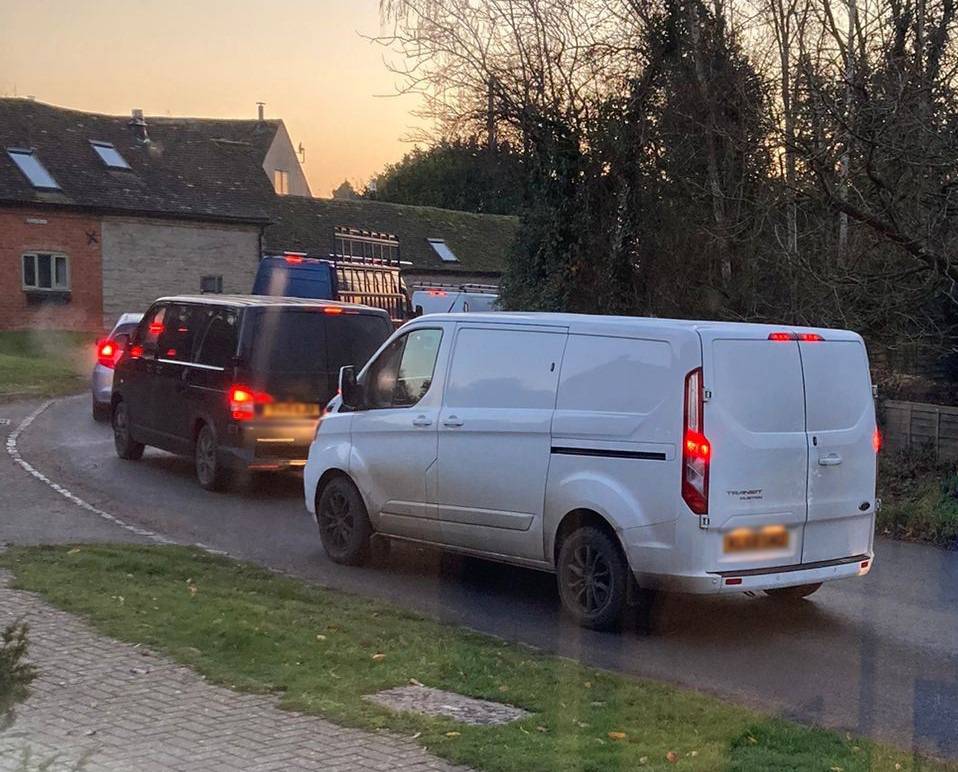 Other highlights include peaks of most pollutants late on the night of bonfire Saturday (4th November) and the aligned spikes – including noise – on the evening of Friday 1stDecember when traffic was backed up through the hamlet. The endless hours of holiday entertainment perusing air quality readings ..
Other highlights include peaks of most pollutants late on the night of bonfire Saturday (4th November) and the aligned spikes – including noise – on the evening of Friday 1stDecember when traffic was backed up through the hamlet. The endless hours of holiday entertainment perusing air quality readings ..
Installing additional pods would have helped to separate roadside from more background pollution and wind speed and direction monitoring and analysis would have helped to clarify some of the issues here, particularly regarding sources. But a simple project with a single pod gives a huge amount of information – bearing in mind what this information is NOT showing – and is a great basis for further monitoring or identifying potential actions.

